Search the Special Collections and Archives Portal
Search Results
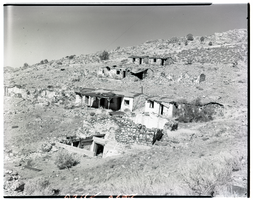
Film transparency of a ghost town, Delamar, Nevada, 1956
Date
Archival Collection
Description
Image
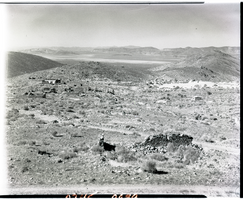
Film transparency of a ghost town, Delamar, Nevada, 1956
Date
Archival Collection
Description
Image
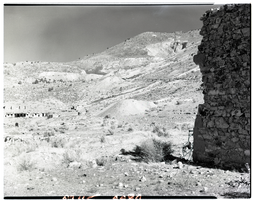
Film transparency of a ghost town, Delamar, Nevada, 1956
Date
Archival Collection
Description
Image

Gabriel Garcia oral history interview: transcript
Date
Archival Collection
Description
Oral history interview with Gabriel Garcia conducted by Monserrath Hernandez and Barbara Tabach on November 13, 2019 for the Latinx Voices of Southern Nevada Oral History Project. In this interview, Garcia discusses his early life in Arizona and moving to Las Vegas, Nevada in 1984. He remembers attending a sixth grade center, the Pacific Engineering and Production Company of Nevada (PEPCON) explosion, and attending Las Vegas High School. Garcia talks about Mexican culture in Las Vegas, car clubs, and becoming a graphic designer. Lastly, Garcia discusses his involvement with the Association of Latino Professionals for America, and the idea of diversifying the professional workplace.
Text
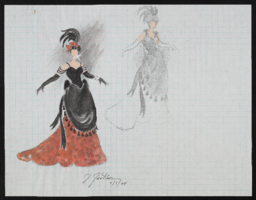
Untitled female in black and red gown: original costume design drawing
Date
Archival Collection
Description
Series II. Folies-Bergere production papers, designs, and photographs -- 17th Edition: The Best of the Folies-Bergere -- 2003-2004 costume revisions: costume design drawings, photographs of costume pieces, invoices, and notes -- 1900s ballroom
Mixed Content
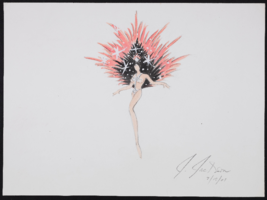
Untitled showgirl with feather backing: original costume design drawing
Date
Archival Collection
Description
Series II. Folies-Bergere production papers, designs, and photographs -- 17th Edition: The Best of the Folies-Bergere -- 2001 costume revisions: costume design drawings, photographs of costume pieces, correspondence, and notes -- La Vedette
Mixed Content
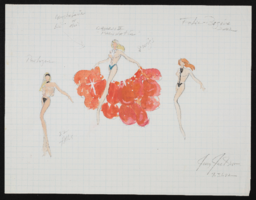
Untitled nude figures, one with ostrich cape: original costume design drawing
Date
Archival Collection
Description
Series II. Folies-Bergere production papers, designs, and photographs -- 17th Edition: The Best of the Folies-Bergere -- 2002 costume revisions: costume design drawings, photographs of costume pieces, correspondence, and notes -- Prologue/Paris Latin
Mixed Content
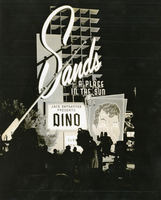
Photograph of the marquee at the Sands Hotel announcing Dean Martin's closing show, 1960s
Date
Archival Collection
Description
Marquee at the Sands Hotel that reads: Jack Entratter Presents Dino, Closing Tonight
Image
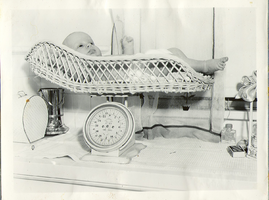
George Francis Robert Bell, age one month. He is on the baby scales: photographic print
Date
Archival Collection
Description
Bell Family Scrapbook scanning, Set 4, proofed 11.04.2010 George Francis Robert Bell, age one month. He was born June 14, 1938
Image
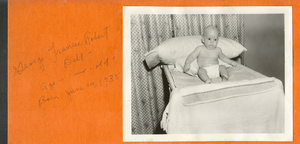
George Francis Robert Bell, age one month: photographic print
Date
Archival Collection
Description
Bell Family Scrapbook scanning, Set 4, proofed 11.04.2010 George Francis Robert Bell infant photograph. Location unknown. Written below photograph "George Francis Robert Bell, Age 1 month, Born June 14, 1938
Image
